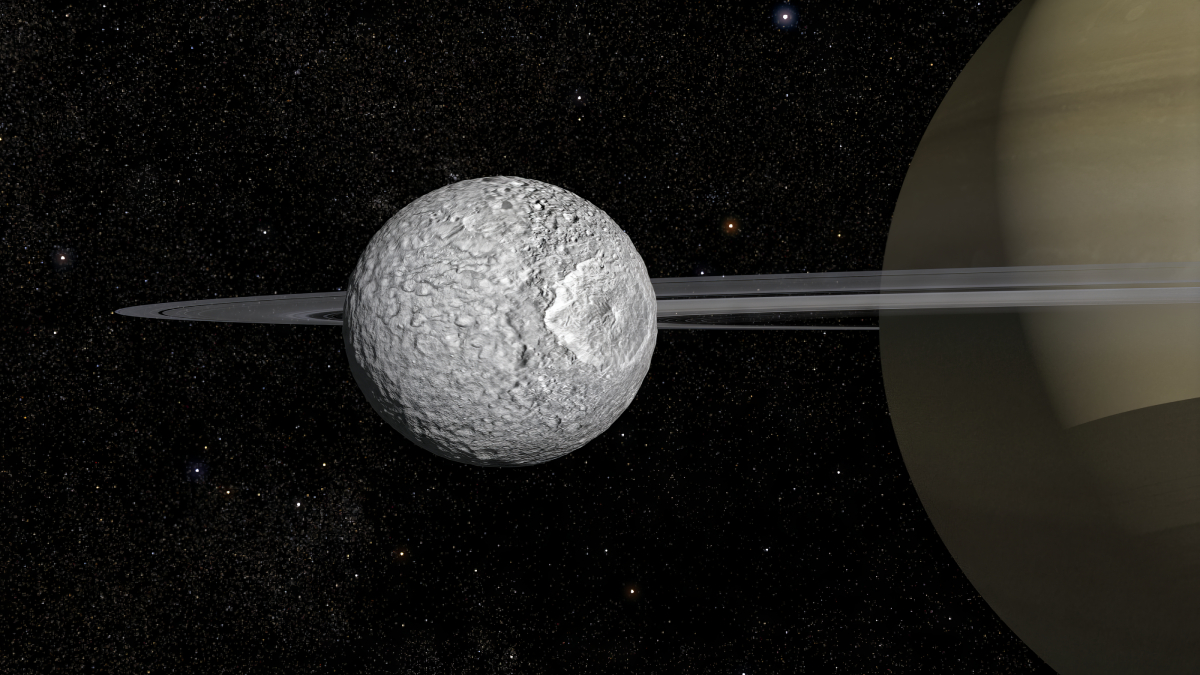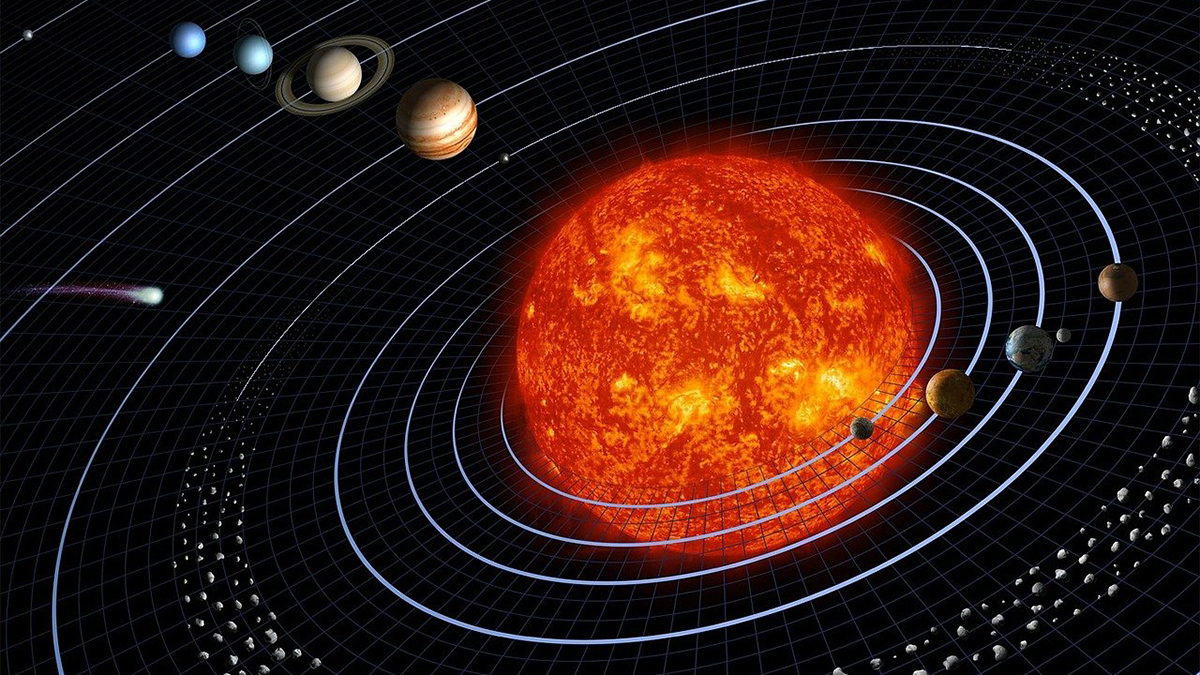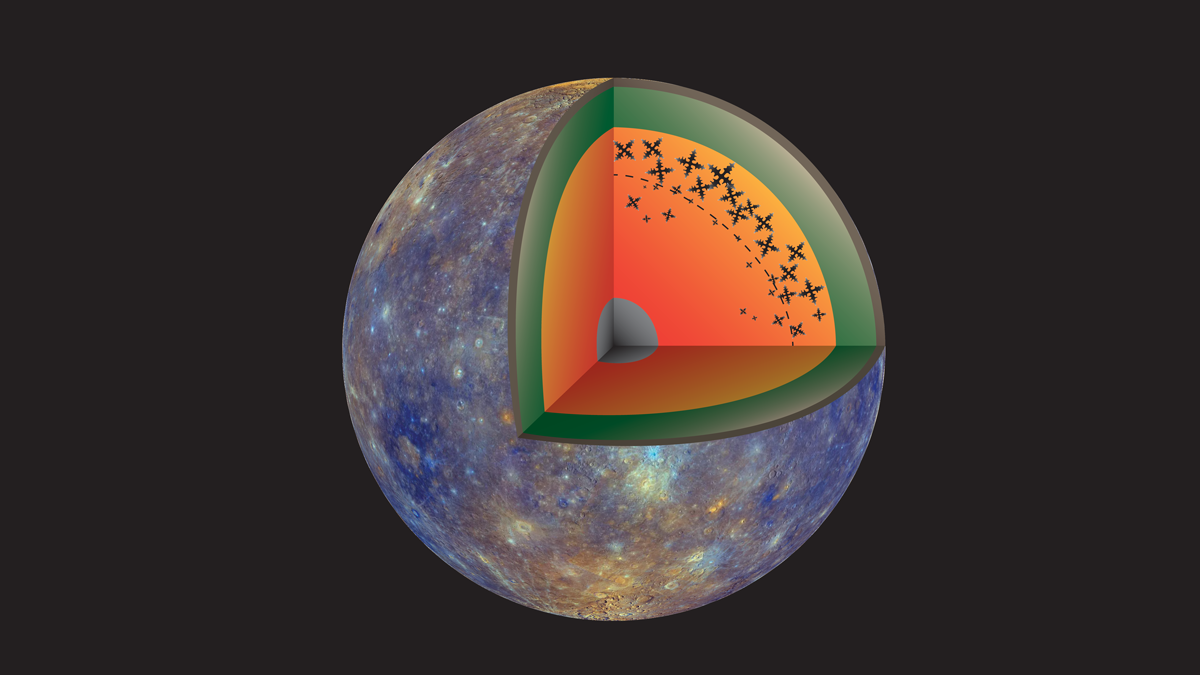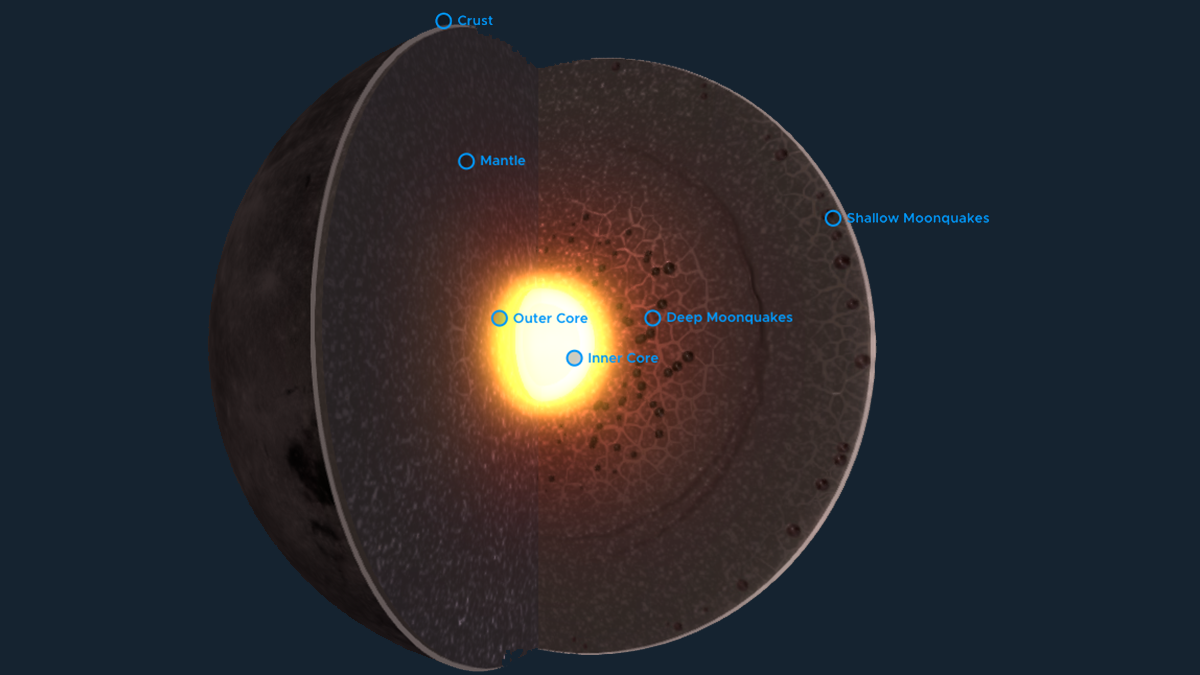木星的卫星木卫二可能是太阳系中最有希望寻找到生命的地方之一。一项新的研究探讨了热量是如何从木卫二的地幔通过海洋转移到其冰壳中的。
planetary interiors
That’s No Moon; It’s an Ocean World
If Saturn’s cratered moon Mimas has liquid water beneath its surface, ocean worlds might be far more common in the solar system than we thought.
Tales and Textiles Can Communicate the Science of Planets
Artists are working with a scientist and a writer to boost public understanding of the science of planetary interiors.
Scientists Investigate How Heat Rises Through Europa’s Ocean
A new study examines how heat may be transferred from the mantle, through the ocean, and into the icy crust of one of Jupiter’s moons—perhaps among the most promising places in our solar system to search for life.
Iron Snow Ebb and Flow May Cause Magnetic Fields to Come and Go
Lab experiments find that iron crystals in planetary cores may form in bursts, causing periodic dynamos.
Mars’s Interior May Have an Extra Layer of Molten Rock
New findings suggest that unlike in Earth, the bottom of Mars’s mantle is a sea of molten silicate rock.
La canción de hielo y fuego del criovulcanismo
Las lunas oceánicas del sistema solar exterior nos dan pistas sobre volcanes de hielo, fuentes hidrotermales, y la tentadora posibilidad de habitabilidad.
Cryovolcanism’s Song of Ice and Fire
Ocean moons of the outer solar system hint at ice volcanoes, hydrothermal vents, and the tantalizing chance of habitability.
Visualizing the Deep Insides of Planets and Moons
A novel method uses gravity data to determine where density anomalies lie inside planetary bodies.
A Mystery About the Moon’s Deep Interior Endures
Geophysical data has suggested that the base of the Moon’s mantle is partially molten or contains ilmenite, but an improved rheology model puts the existence of this layer in doubt.










